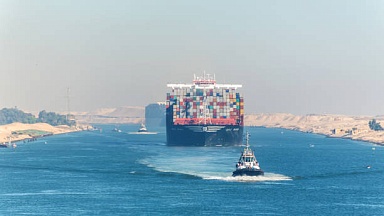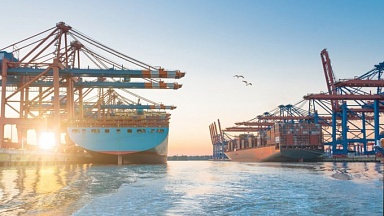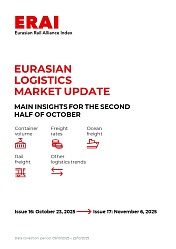Since the signing of the Treaty on the Eurasian Economic Union in 2014, Eurasian cooperation in transport and logistics has achieved certain results, despite lingering organisational and economic barriers and exogenous shocks.
It appears that the future of the Eurasian project largely depends on the implementation of its spatial development vector. This dynamic is relevant for all EAEU countries and essentially reflects a global trend towards creating sustainable transport and mobility systems, as outlined in the UN Decade of Sustainable Transport 2026–2035 policy paper.
The spatial dimension is also important for the EAEU because Armenia, Belarus, Kazakhstan, and Kyrgyzstan are landlocked economies. These nations are caught in a continental geography trap. For example, goods from Kazakhstan must travel 4,800 km through transit countries to reach seaports, while goods from Kyrgyzstan and Armenia must cover 4,570 km and 2,865 km, respectively.
Since 2014, the EAEU countries have jointly provided steady and guaranteed commercial East-West transit services through their respective territories as part of the United Transport and Logistics Company − Eurasian Rail Alliance. Accordingly, the creation of a modern, sustainable, and inclusive transport and logistics system within the EAEU could significantly enhance the region’s global competitiveness in the interests of governments, businesses, and citizens alike. Thus, transport and logistics integration in the EAEU can elevate integration processes in Greater Eurasia to a whole new level.
However, the existing model of coordinated transport policy within the EAEU does not fully meet the objectives at hand. Strategic planning remains uneven, and each country maintains its own national development programme for the sector. Logistics within the EAEU is also hindered by technical and administrative barriers, such as differing technical standards. For instance, discrepancies in the maximum allowable axle loads for freight vehicles often obstruct cargo movement within the union. Additionally, in the railway sector, member states retain the right to set their own transit tariffs, which hampers the establishment of unified sectoral goals.
It has been determined that several technical and administrative barriers hinder the creation of a Common Transport Space, which is particularly evident in freight transport between Russia and Kazakhstan, both by rail and road. Nevertheless, these barriers are mostly temporary and are often introduced at the request of domestic businesses, which benefits the advancement of the bottom-up integration approach, where deeper business involvement in decision-making lends more practical relevance to those decisions. Ultimately, all contentious issues are resolved at the top political level. However, the process reveals a certain asynchrony in business interests within the EAEU.



